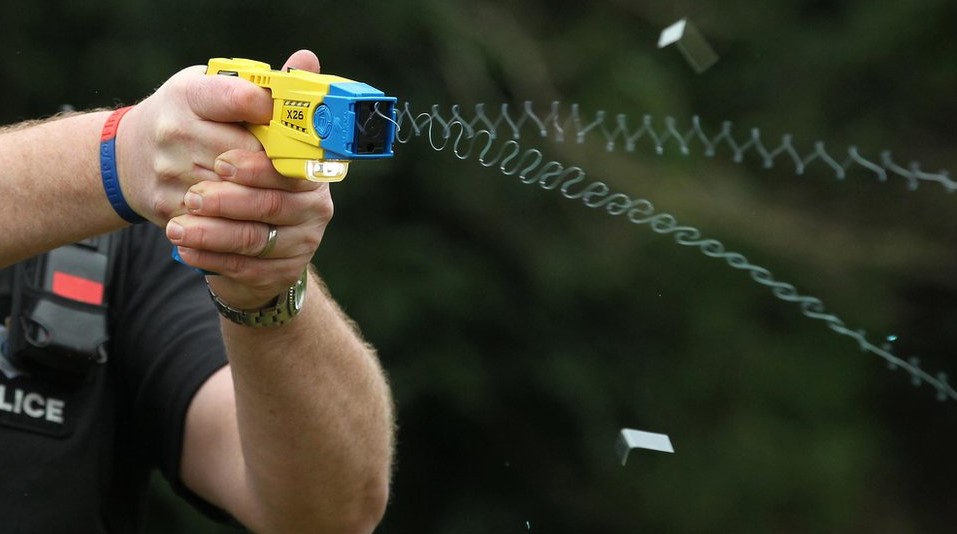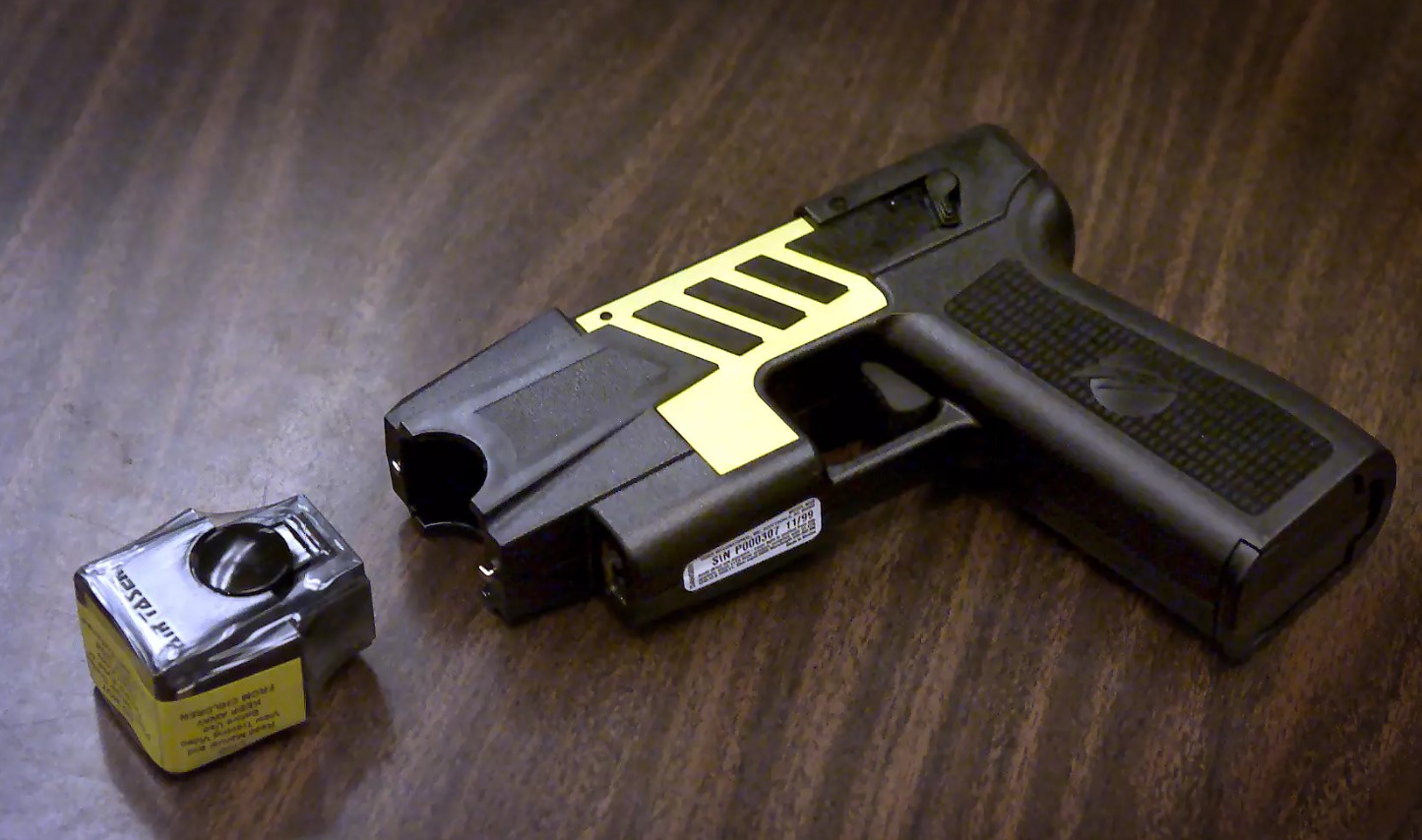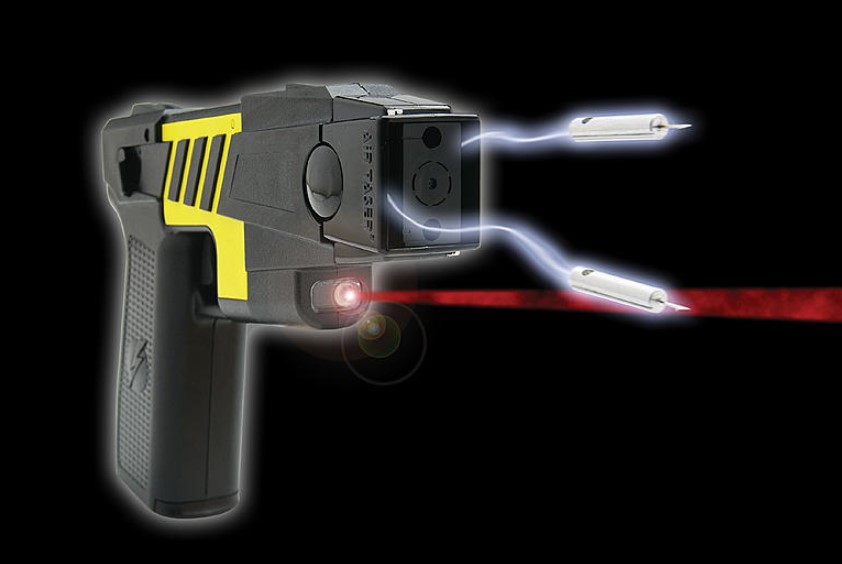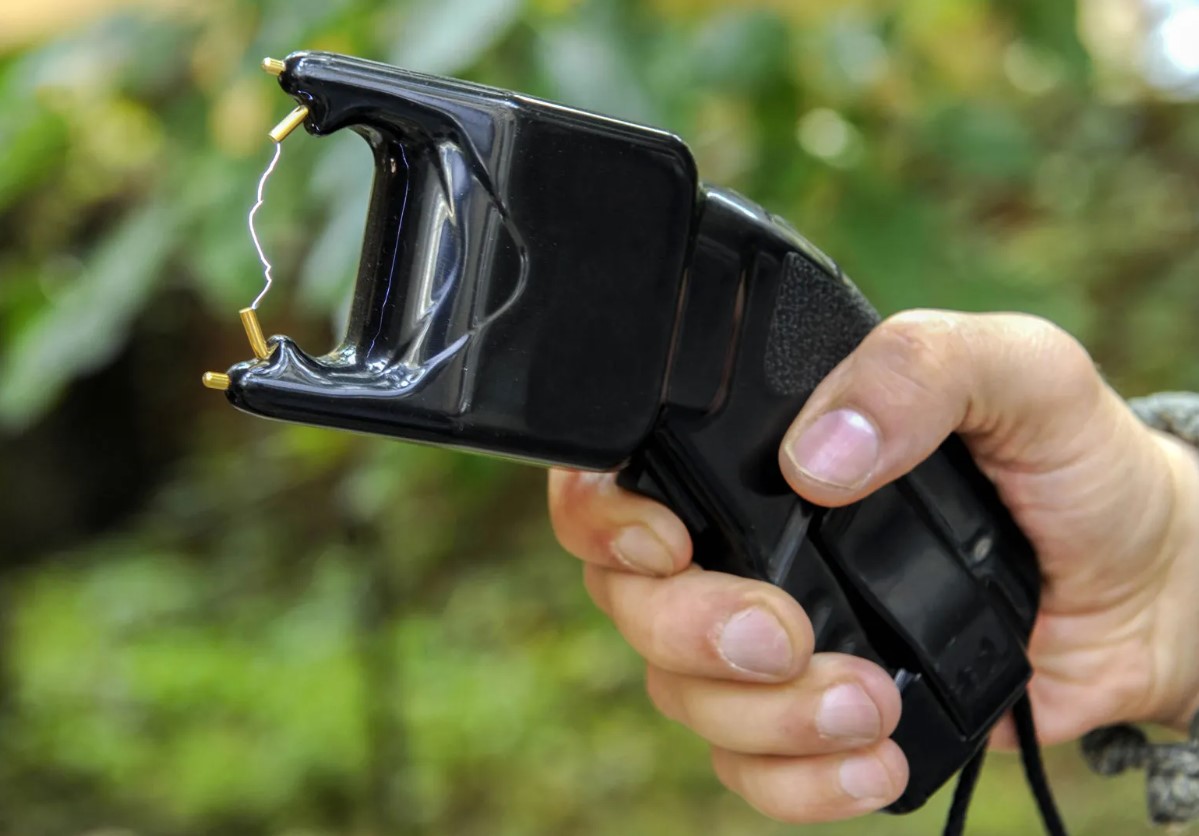Butterfly knives, also known as balisongs, are distinctive folding knives with a fan-like opening mechanism that allows the blade to be concealed within the handles. This unique design has made them popular among knife collectors and enthusiasts, but their legality varies significantly across jurisdictions. In this article, we will explore the legal status of butterfly knives in California, including relevant laws, recent legal developments, and penalties for violations, while drawing comparisons with other states. Follow: self-defensetools.com!
Legal Definition and Classification in California
In California, butterfly knives fall under the legal category of switchblades. According to California Penal Code sections 17235 and 21510, a switchblade is defined as a knife with a blade two inches or longer that can be released automatically by:
- A flick of a button,
- Pressure applied to the handle,
- Or any other mechanical device.
Butterfly knives are classified as switchblades due to their rapid deployment mechanism. This classification means they are subject to the same restrictions as other automatic knives under California law. Possession, sale, or transfer of butterfly knives with a blade length of two inches or more is generally prohibited in public spaces.
Possession and Carrying Restrictions
Under California law, it is illegal to:
- Carry a butterfly knife with a blade length of two inches or more in public.
- Sell or transfer such knives.
- Possess them in locations where carrying them could pose a public safety risk.
Violating these restrictions is considered a misdemeanor, punishable by:
- Up to six months in county jail.
- Fines of up to $1,000.
However, individuals are allowed to own butterfly knives within the privacy of their homes. This means you can legally purchase and keep a butterfly knife for personal use or collection as long as it is not carried or displayed in public.
The Federal Switchblade Act
In addition to California’s state laws, the Federal Switchblade Act also impacts the legality of butterfly knives. Enacted in 1958, this act prohibits the manufacture, importation, distribution, transportation, and sale of switchblade knives across state lines. However, the act primarily governs interstate commerce and does not override state-specific laws. This dual layer of regulation creates a patchwork of knife laws across the United States.
Recent Legal Developments
Legal challenges to knife laws, including those governing butterfly knives, have surfaced in recent years. A landmark decision occurred in August 2023 when the United States Court of Appeals for the Ninth Circuit ruled that Hawaii’s ban on butterfly knives was unconstitutional. The court referenced the Supreme Court’s standards on the right to bear arms, asserting that such bans infringe on individual rights.
Since California is also within the Ninth Circuit, this ruling has raised questions about the enforceability of similar laws in the state. While the decision does not automatically overturn California’s laws, it sets a precedent that could influence future legal interpretations. As of December 2024, California continues to enforce its restrictions on butterfly knives, citing public safety concerns.
Comparison with Other States
The legality of butterfly knives varies widely across the United States. Some states have more lenient laws, while others impose strict bans. Here are a few examples:
- Oregon: In Oregon, court rulings have deemed certain prohibitions on switchblades unconstitutional. This effectively allows the possession and carrying of butterfly knives.
- Texas: Texas permits the carrying of most knives, including butterfly knives, following the passage of laws in 2017 that lifted many restrictions.
- New York: New York maintains stringent regulations on gravity knives, which can include butterfly knives depending on their design and use.
California’s laws are among the stricter ones, reflecting its broader approach to weapon regulation. These variations highlight the importance of understanding local laws when purchasing or carrying a knife.

Exceptions and Special Considerations
Certain exceptions exist within California’s knife laws:
- Folding Knives: Folding knives that do not fall under the switchblade category are generally allowed, provided they are carried in the folded position.
- Knives in Sheaths: Knives carried openly in a sheath suspended from the waist are typically permitted.
However, these exceptions do not apply to butterfly knives, as their classification as switchblades precludes them from being carried in public, regardless of how they are stored or displayed.
Implications for Collectors and Enthusiasts
For collectors and enthusiasts, California’s restrictions pose unique challenges. While owning a butterfly knife for display or collection within your home is legal, transporting it to events, shows, or competitions is prohibited unless specific permissions are granted. This limits opportunities for enthusiasts to share and showcase their collections.
Penalties for Violations
Violations of California’s laws regarding butterfly knives can result in significant consequences:
- Misdemeanor Charges: Most violations are classified as misdemeanors, leading to potential jail time and fines.
- Enhanced Penalties: Repeat offenses or involvement in criminal activities with a butterfly knife can result in harsher penalties, including felony charges.
- Confiscation: Law enforcement may confiscate butterfly knives found in violation of the law.
These penalties underscore the importance of understanding and adhering to legal restrictions.
Safety and Public Perception
The restrictions on butterfly knives in California are rooted in concerns about public safety. Lawmakers argue that the rapid deployment of these knives makes them potentially dangerous in criminal contexts. Additionally, the portrayal of butterfly knives in media as weapons has contributed to their negative reputation.
Advocacy and Future Changes
Advocates for knife rights continue to challenge laws that they believe infringe on individual freedoms. Organizations such as the American Knife and Tool Institute (AKTI) and Knife Rights Inc. work to educate lawmakers and the public about responsible knife ownership. Legal challenges, like the 2023 Ninth Circuit ruling, may pave the way for changes to California’s laws in the future.
Conclusion
Butterfly knives occupy a contentious legal status in California. While private ownership within a residence is permitted, carrying, selling, or transferring these knives in public is prohibited if the blade length exceeds two inches. Recent legal developments may influence future interpretations of these laws, but as of now, the restrictions remain in place.
For anyone interested in butterfly knives, it is crucial to stay informed about current laws and exercise caution to ensure compliance. Understanding the nuances of California’s knife laws can help enthusiasts enjoy their collections responsibly while avoiding legal pitfalls.
Related Posts: Are Butterfly Knives Illegal in Oregon? A Comprehensive Guide









